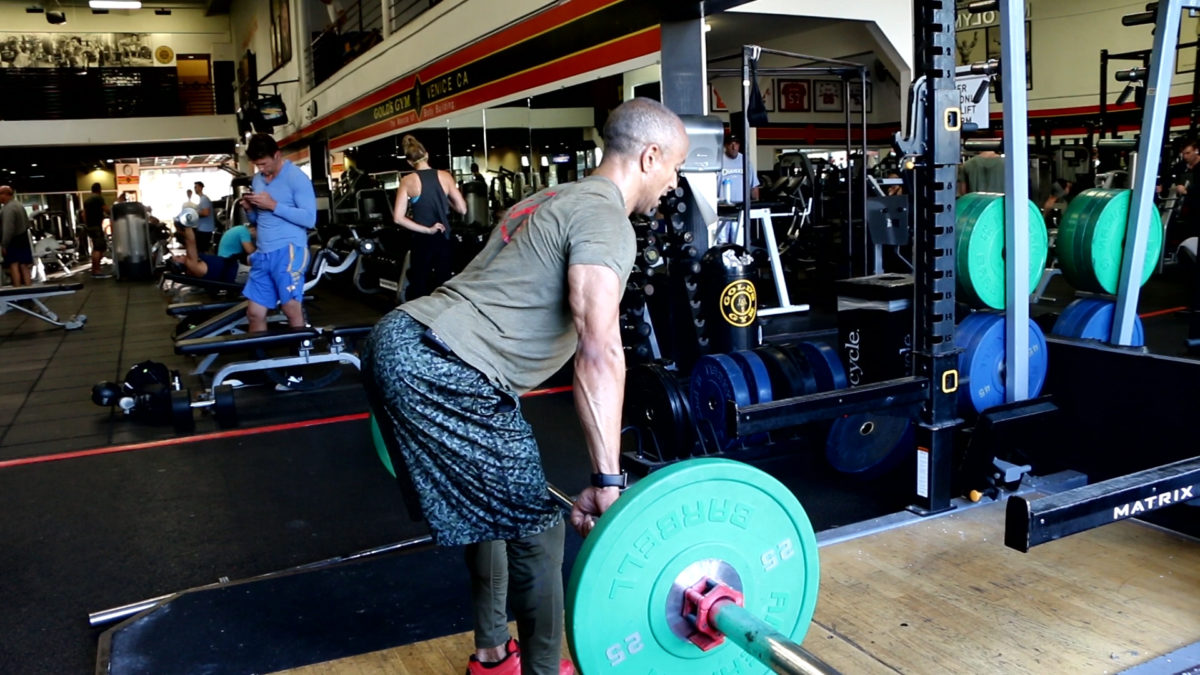Since my last message to you, I hope that the shape of bending is playing a much smaller role in your daily movement habits. Is this true for you?
Now that you’re more aware of the perils of bending, let’s move on to a more uplifting tale. And I mean that in the literal sense.
The Shape Of Hinging – the most crucial athletic movement
This is a narrative about how the distinct angular movement of your hips is the key to unlocking your athletic potential. Mobility, strength, and power. But most important … eliminating low back pain.
Hip hinging is joint flexion (bending forward at the hips) that occurs at your hip sockets. It brings your torso (upper body) forward towards your thighs. Similar to how the trunk of your car opens and closes.
This simple, yet underutilized, fundamental movement is essential to your athletic performance, now and over time.
In a nutshell, hip hinging will:
- Allow for decompression of your vertebral discs
- Reduce excess stress-load on the muscles of your spine
- Reduce the old bending patterns / habits of rounding your spine
- Turn on your powerful gluteal muscles (glutes) to handle higher stress-load forces
The moral of the story is that practicing hip hinging daily will help you get back to being a star.
The following hinging exercises will help ingrain and reinforce this pattern:
- Hip thrusts
- Bridge marching
- All deadlift variations
- Reverse hyperextensions
- All kettlebell swing variations
As athletes, longevity is priceless. These are long-term, fundamental movement strategies that will improve your back health. So remember, proper form and technique are essential.
I include many more like them in my online programming such as the “30-Day Get Lean Challenge”. Get yours here.
Keeping it hingey,
Adam

